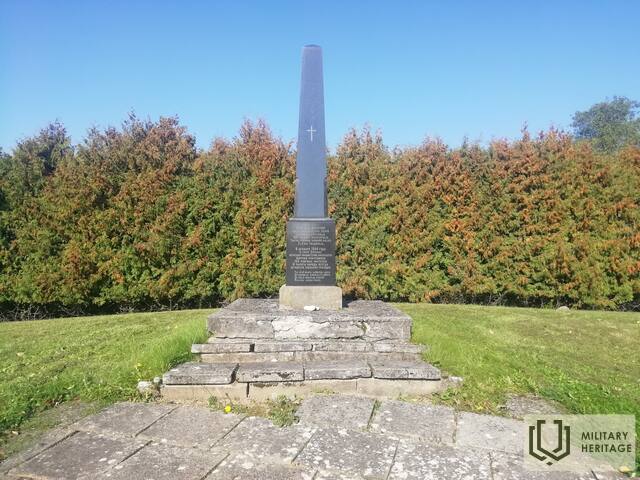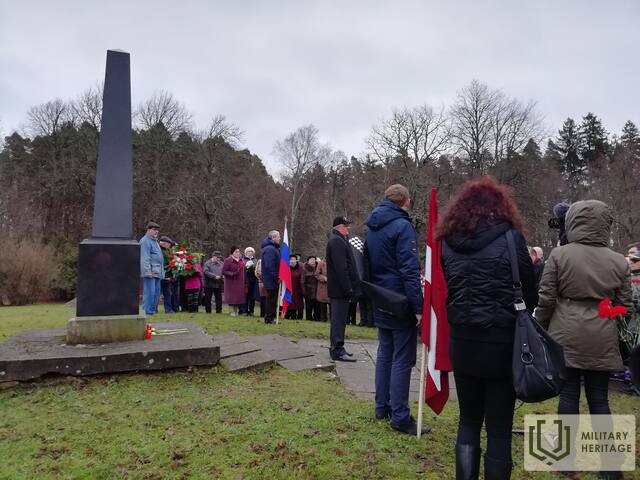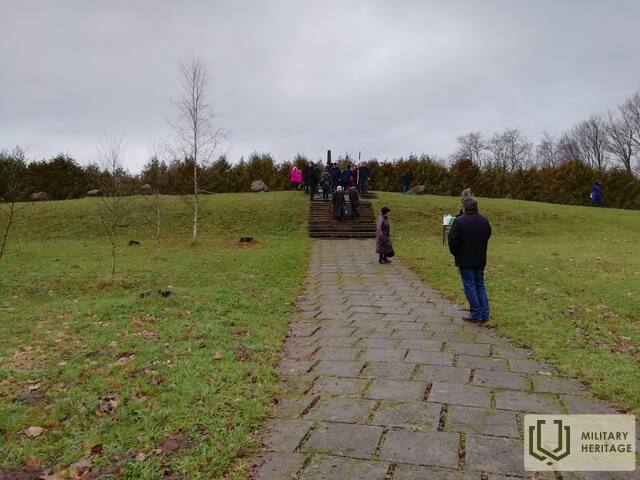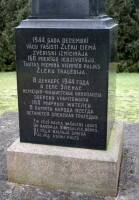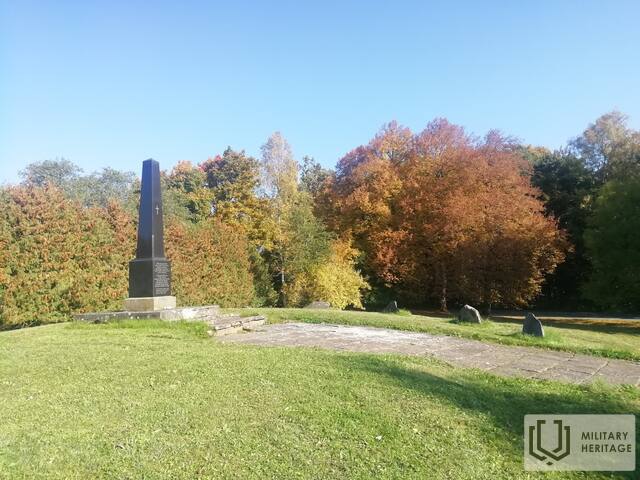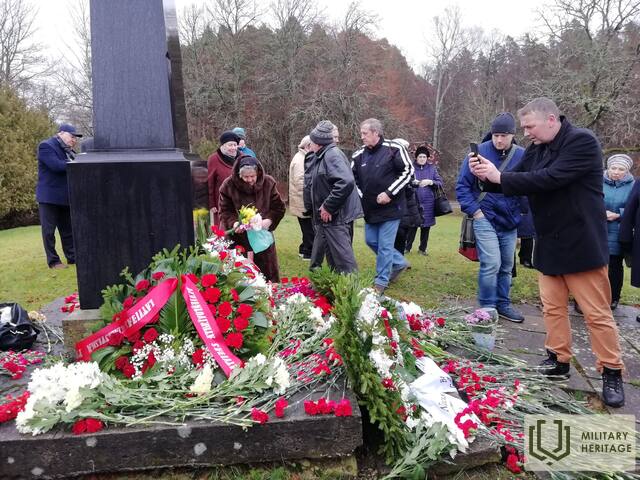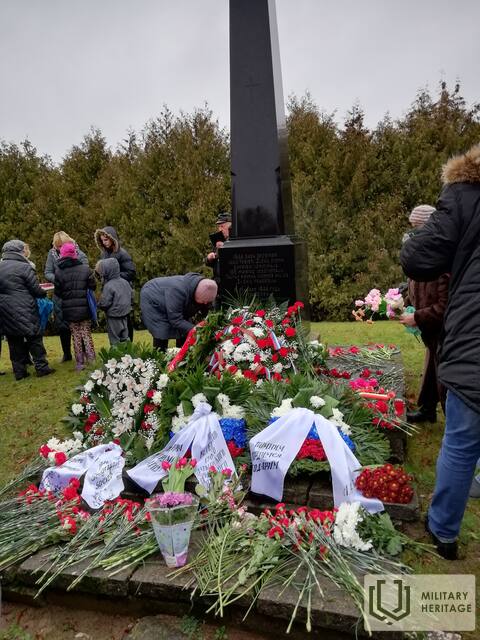Zlēku tragedijos memorialinė vieta
Memorialinis vieta

 168
168




Memorialas yra netoli Zlėkų dvaro ansamblio, vakarinėje Karātavkalno dalyje. Ratą sudaro apie dvidešimt riedulių su žuvusiųjų vardais, o centre – maždaug trijų metrų aukščio juodo marmuro obeliskas.
Kai kurie žuvusieji buvo perlaidoti Zlēkų memoriale.
1944 m. gruodį Zlēkų apylinkėse nacistinė vokiečių armija įvykdė didelio masto operaciją prieš civilius gyventojus. Armijų grupės „Nord“ kovinių veiksmų žurnale 1944 m. gruodžio 9 d. 17.30 val. buvo įrašyta, kad per mūšį priešo pusėje žuvo 161 žmogus, priklausęs „Rubenso brigadai ir Raudonosios strėlės daliniams“. Sovietmečiu šis skaičius, matyt, buvo laikomas bendru Zlēkų tragedijos aukų skaičiumi, kalbant apie žuvusius civilius gyventojus.
Veiksmų eiga iš dalies dokumentuota 1944 m. gruodžio 31 d. Vokietijos 16-osios armijos kontržvalgybos skyriaus vadovo ataskaitoje. Joje aiškinama, kad gruodžio 5–9 dienomis, vadovaujant aukščiausiam SS ir policijos vadovui Ostlande, SS oberruppenfiureriui ir policijos generolui Friedrichui Jekelnui, Eichensumpfe („Ąžuolų pelkėje“) vyko didelio masto operacija prieš „Raudonąsias strėles“ ir generolo Kurelio grupės likučius Abavoje.
Panaudoti šaltiniai ir literatūra:
Uldžio Neiburgo knyga „Nuodėmė ir neapykanta liepsnose! Latvijos Antrojo pasaulinio karo istorijos“.
Susijusi laiko juosta
Susijusios temos
Susijusi istorija
Zlėkų tragedijos vieta Latvijos istorijoje vis dar neaiški
Antrojo pasaulinio karo metais, kai didžiąją Latvijos dalį jau valdė Sovietų Sąjunga, o Kuržemę valdė Hitlerio Vokietijos vicekaraliai, Kuržemėje vadinamieji kureliečiai pradėjo kovą dėl Latvijos valstybinės nepriklausomybės atkūrimo.




